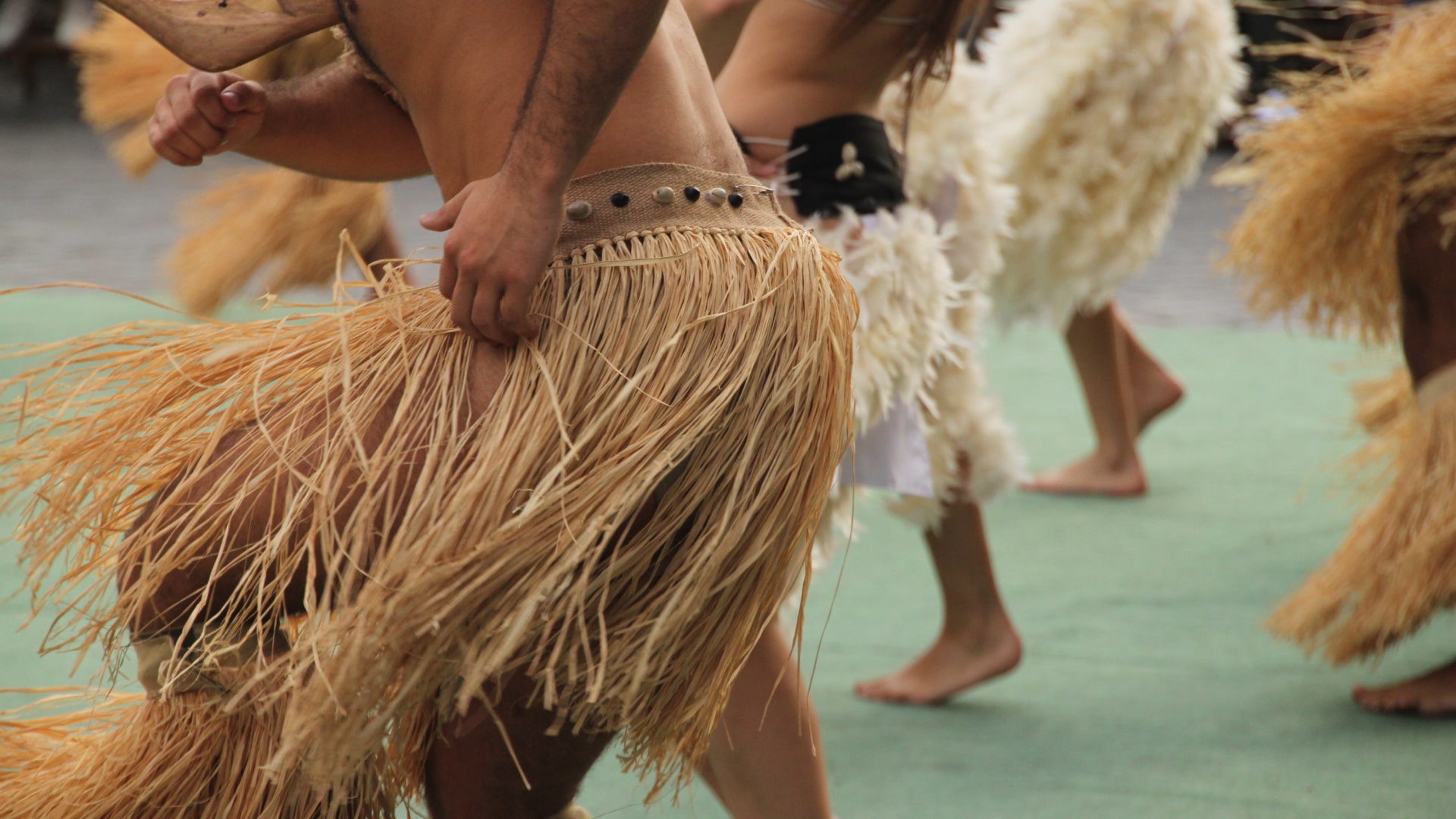The desert may seem like a vast, barren expanse, but it is home to a surprisingly rich and diverse array of wildlife that has adapted to its harsh, arid environment. Far from being empty and lifeless, the desert dunes are teeming with creatures that have evolved remarkable survival strategies to thrive in the extreme conditions of heat, dryness, and limited resources. From small, nocturnal insects to majestic predators, the desert’s wildlife offers a fascinating glimpse into nature’s resilience and ingenuity.
Life Amid the Sand Dunes
One of the most intriguing aspects of desert wildlife is how animals have adapted to the unforgiving heat and arid conditions. Many of the creatures found in the dunes are nocturnal, coming to life under the cool desert night skies to forage, hunt, and mate. Others have developed highly efficient ways to conserve water, withstand extreme temperatures, and hide from predators or prey.
Desert Reptiles: Masters of Survival
The desert is home to a variety of reptiles, each uniquely suited to the environment. The sand vipers and horned lizards are among the most iconic of desert dwellers, using camouflage to blend into the dunes and avoid predators. Their light-colored scales reflect the desert sun, while their slow movements allow them to conserve energy and remain undetected.
The desert tortoise, another symbol of desert life, spends most of its time burrowed underground to avoid the extreme heat of the day. This slow-moving creature can live for decades, surviving on limited water and food resources, and is an example of the desert’s long-term endurance.
The Majestic Desert Fox
One of the most fascinating animals in the desert is the Fennec fox. With its large ears and sandy-colored coat, this small, nocturnal mammal is perfectly adapted to desert life. The Fennec fox uses its large ears to dissipate heat and listen for prey in the sand, while its thick fur protects it from the cold desert nights. These foxes are expert diggers, burrowing deep into the sand to create cool, safe retreats during the hottest hours of the day.
Desert Birds: Survivors of the Skies
The desert skies are often graced by various species of birds, many of which have adapted unique behaviors to survive in the hot, dry climate. The desert eagle owl is a prime example, with its ability to silently glide through the night in search of small mammals and insects. Similarly, the sandgrouse, a desert bird, has specialized feathers that can absorb water, which it then carries back to its nest to hydrate its young.
Migratory birds also make stops in the desert, attracted by the sparse but important water sources found in oasis-like areas. For instance, the Greater Flamingo can be spotted in desert wetlands, where they gather in large colonies to feed and rest.
Insects and Arachnids: Masters of the Microcosm
Though often overlooked, insects and arachnids play a critical role in the desert ecosystem. The desert scorpion, with its powerful sting and highly developed nocturnal habits, is a common sight in many desert regions. Despite its intimidating appearance, the scorpion is crucial in maintaining the balance of the ecosystem, preying on smaller insects and pests.
Similarly, the desert beetle has developed fascinating survival tactics, including the ability to collect moisture from fog by condensing water droplets on its body, which it then drinks. This ability to gather water from the air makes these beetles one of the few organisms in the desert able to survive without direct access to water sources.
Mammals of the Dunes
Among the most charismatic mammals of the desert are the camels, known as the “ships of the desert.” These iconic animals are perfectly suited to life in the arid landscape, with specialized adaptations that allow them to go without water for long periods, store fat in their humps, and regulate their body temperature. Camels have been a vital part of desert life for centuries, both as transport animals and as a source of milk and meat.
Other mammals, such as the desert hare and the rodents that scurry beneath the sand, are well-adapted to hide during the day, only venturing out at night when the temperatures are cooler. The gerbil is a prime example, surviving on a diet of plants and seeds while avoiding predators by taking shelter in underground burrows.
The Desert’s Unique Ecosystem
The desert’s ecosystem is fragile, yet remarkably complex. It is a delicate balance of predator and prey, flora and fauna, each species playing a crucial role in maintaining the harmony of the environment. Water sources, though scarce, are a lifeline for both the animals and the desert plants that thrive in the area.
One of the most fascinating features of desert wildlife is the way in which many species have evolved mechanisms to survive in an environment that is hostile to most forms of life. From water conservation strategies to camouflage techniques, the animals of the dunes have found unique ways to adapt to the harsh realities of desert life.
Conservation and the Future of Desert Wildlife
As deserts face increased human encroachment and climate change, many of the creatures that call these regions home are at risk. Conservation efforts are essential to protect these habitats and ensure that future generations can experience the wonders of the desert’s wildlife.
Organizations are working tirelessly to conserve endangered species, like the Arabian Oryx and the sand cat, and to preserve the delicate ecosystems of desert regions. As travelers, we can contribute to conservation by respecting wildlife, minimizing our environmental impact, and supporting efforts to protect these extraordinary creatures and their habitats.







